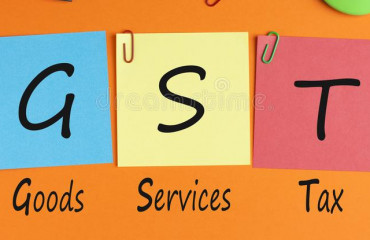
After declining heavily for three fiscals in a row between 2019-20 and 2021-22, two wheeler sales grew 17.8% in 2022-23, the highest in a year in over a decade.
After declining heavily for three fiscals in a row between 2019-20 and 2021-22, two wheeler sales grew 17.8% in 2022-23, the highest in a year in over a decade.
 Premium
PremiumAutomobiles have posted a strong post-pandemic rebound. But one segment continues to struggle: two wheeler sales are still 25% below the pre pandemic peak. Automotive dealers are calling for a 10% GST cut to help a revival. Will it help?

View Full Image
What's happening with two wheeler sales?
After declining heavily for three fiscals in a row between 2019-20 and 2021-22, two wheeler sales grew 17.8% in 2022-23, the highest in a year in over a decade. But this was on a very low base and the
5-year CAGR for the sector is still a negative 3.8% while the 10-year CAGR is a measly 2%. In absolute terms, sales are still below 2014-15 levels and about a quarter less than the pre-pandemic peak of 2018-19. The worst performers are the
100-125cc commuter motorcycles, which still account for half of overall two wheeler industry volumes. This segment has shrunk below levels from a decade ago in 2012-13.
What are the reasons for the poor show?
A number of factors including high inflation, stagnant wages and rising unemployment. Soaring petrol price have been a major speed breaker. Finally, a raft of regulatory changes beginning with BS IV to BS VI emission norms in 2020 and more stringent safety standards have come into force. This has impacted every sub segment. The price of India's largest selling scooter Honda Activa has gone up from ₹52,000 in 2016 to ₹88,000 in 2023. The Bajaj Pulsar has seen its price go up from ₹72,000 in 2016 to ₹150,000 in 2023 while the price of Hero Splendor jumped from 46,000 to ₹74,801.

View Full Image
Have scooters done better than motorcycles?
Scooter sales last year were up 30% to over 5 million units. Over the last 15 years, scooters have gained ground, increasing their share from under 20% in 2011-12 to nearly 33% last year. But its last 5-year CAGR is marginally worse than motorcycles at -3.6% to motorcycles' -3.4%. The slowdown in two wheelers cuts across urban and rural India.
Will a GST cut really help?
Two-wheelers attract the highest rate of GST at 28%. The demand for it to be put in the 18% slab has been around for some time and in 2020, finance minister Nirmala Sitharaman agreed that two wheelers deserve a GST reduction. A 10% cut would make two-wheelers cheaper, offsetting some of the price hikes of the past. It could potentially bring new consumers. The overall recovery would however depend on how the economy does in general, especially at the bottom to middle of the pyramid.
Have EVs begun to play spoilsport?
Helped by generous subsidies, electric two wheelers are booming. In 2022-23, the segment grew 60% but was still under 1 million units, compared with the traditional industry's 15.8 mn units. In Delhi, Bengaluru, Pune and Hyderabad there seems to be an impact. But buyers have begun to put off purchases hoping for more electric options. A recent govt decision to reduce subsidies will make electric two-wheelers expensive. But the reprieve for petrol two-wheelers, even with a GST cut, could be short lived.
